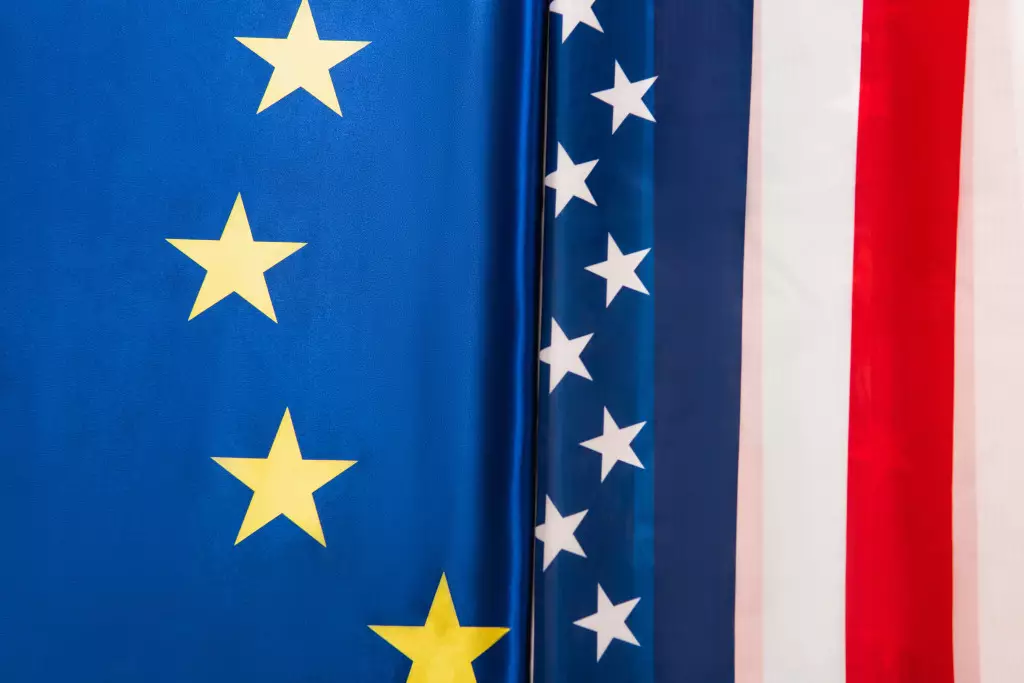Cannabis Effects on Medicines
- 18/06/2022
Recently, the Ministry of Health of Ukraine reported on the Government’s support of the draft bill regulating hemp plant (Cannabis) circulation. It applies to medical, scientific and technological activities. As noted by the Ministry of Health, medical cannabis can prevent patient suffering and improve the treatment of more than 50 conditions. The bill will thus increase access to necessary treatment, particularly cancer and PTSD resulting from the war. The Ministry of Health expects the Verkhovna Rada of Ukraine to support this draft law. The current use of cannabis in global medical practice proves the therapy’s effectiveness. At the same time, it is essential to be careful when using cannabis with other drugs. In other words, medical specialists should always consider the effects of cannabis on other medications. Today, let’s have a look at some aspects of cannabis <-> drug interactions and the role of literature in finding such data.
Cannabis Effect on Other Drugs’ Metabolism
The journal «Drug Metabolism and Disposition» published two articles on the study of cannabinoids and their potential for drug-drug interactions. The authors determined that the major cannabinoids and their metabolites found in the plasma of cannabis users inhibit several P450 enzymes, including CYP2B6, CYP2C9, and CYP2D6. This study is the first to show the inhibition potential of the most abundant plasma cannabinoid metabolite, THC-COO-Gluc. It suggests that circulating metabolites of cannabinoids play an essential role in CYP450 enzyme inhibition and drug-drug interactions. Another research from Washington State University showed the potential of cannabinoids and their metabolites to inhibit all major enzymes of renal UDP-glucuronosyltransferase and the two most abundant UGTs in a liver. Thus, co-using cannabinoids and therapeutics with renal elimination can cause greater drug-drug interaction effects. It is necessary to remember that CYP450 and UGT help metabolise and eliminate from the body more than 70% of the most commonly used drugs.
Cannabis Effect on Anaesthetics
In the journal «Emergency Medicine» the DrugCard platform found an article about various psychoactive substances’ influence on anaesthesia. Cannabis – anaesthetics interaction is still poorly understood. Cannabis users have shown a variable response to propofol anaesthesia induction compared to non-users. High doses of propofol are necessary for loss of consciousness, adequate jaw relaxation and respiratory reflexes inhibition. Smoking cannabis has a direct irritation effect on the respiratory tract, similarly to tobacco. Specialists also associate cannabis use with the development of diffuse pulmonary haemorrhage in the postoperative period. In cannabis users, sedative hypnotics can cause excessive depression in the central nervous system. Medical specialists should note that post-operative opioid doses for pain management may be higher in cannabis users. Thus, accurate information on cannabis use helps to choose a rational anaesthetic.
Clinical Practice and Cannabis Effects on Drugs
As the legalisation of cannabis continues to expand, the number of cannabis users will enlarge. But a potential cannabis safety problem is the risk of drug interactions. Health professionals should ask patients about cannabis use in anamnesis. If the patient confirms the use, the physician should also attempt to determine the dose of cannabis constituents in the drug, the use frequency and the route of administration. For clinical practice, resources with information on possible cannabis–drug interactions have already been developed—for example, Drugs.com. There is also a convenient free web application CANNabinoid Drug Interaction Review (CANN-DIR), from Penn State College of Medicine. The user selects the cannabinoid product the patient takes and then selects the other drugs they use. CANN-DIR provides information on how THC and/or CBD may affect the metabolism of other selected drugs. These measures will help healthcare professionals make considered decisions about potential medication interactions.
Cannabis – Drug Interaction and Pharmacovigilance
Since 1990, the number of scientific articles on cannabis has increased significantly. This indicates great interest in studying and changing attitudes towards its use. The therapeutic effects of cannabis and cannabinoids have been proven for many pathological conditions. Therefore, once they are more widely introduced into clinical practice, pharmacovigilance specialists may encounter new data on both the positive and negative effects of medicinal cannabis drugs. Cannabinoids can reduce other drugs’ positive effects or increase their adverse effects, provoking toxicity reactions or the risk of overdose. For example, warfarin has a narrow therapeutic index. Slight differences in the amount of an active ingredient in the blood can lead to therapeutic inefficiencies or undesirable effect such as bleeding. Health professionals and patients must understand that medicinal cannabis can influence other drugs’ effects. Until more clinical studies on the effectiveness and safety of cannabis are available, medical literature monitoring will remain the primary source of such information.

- 27/06/2024
- Drug Safety



